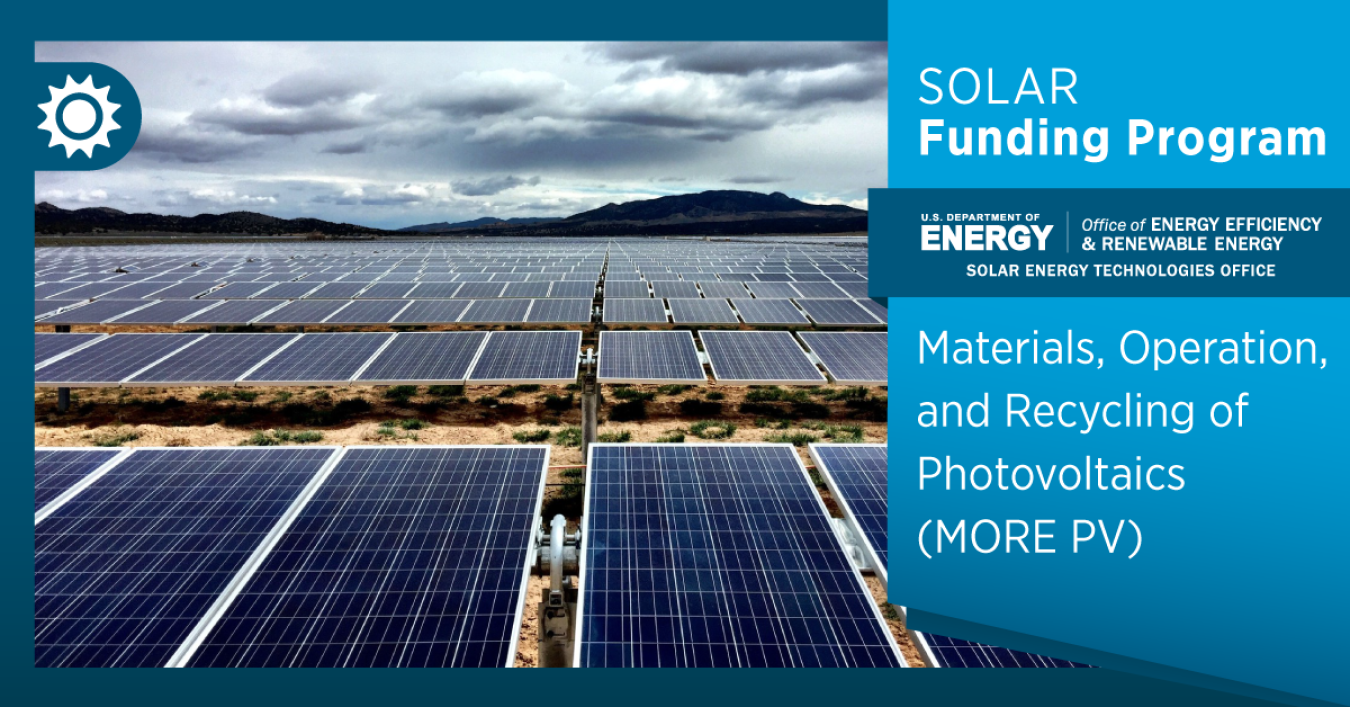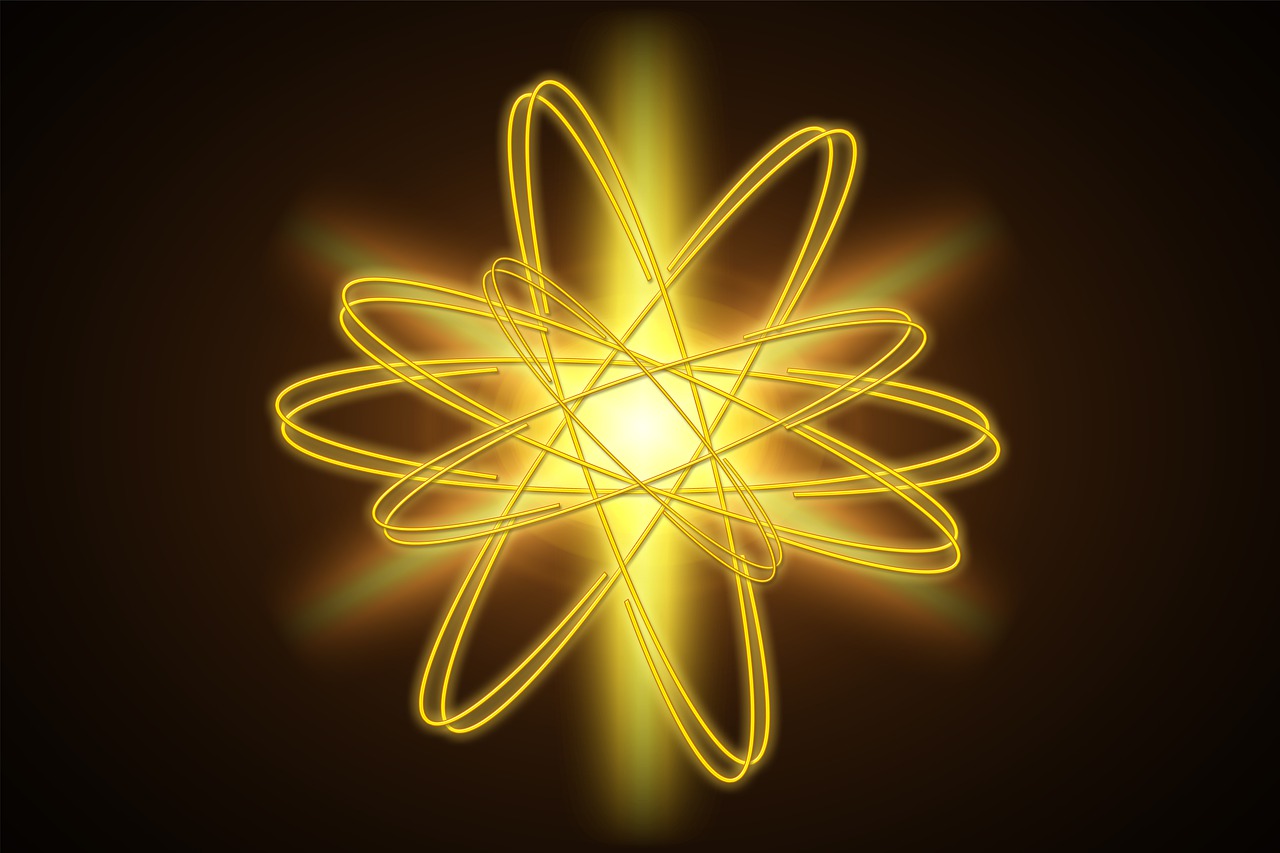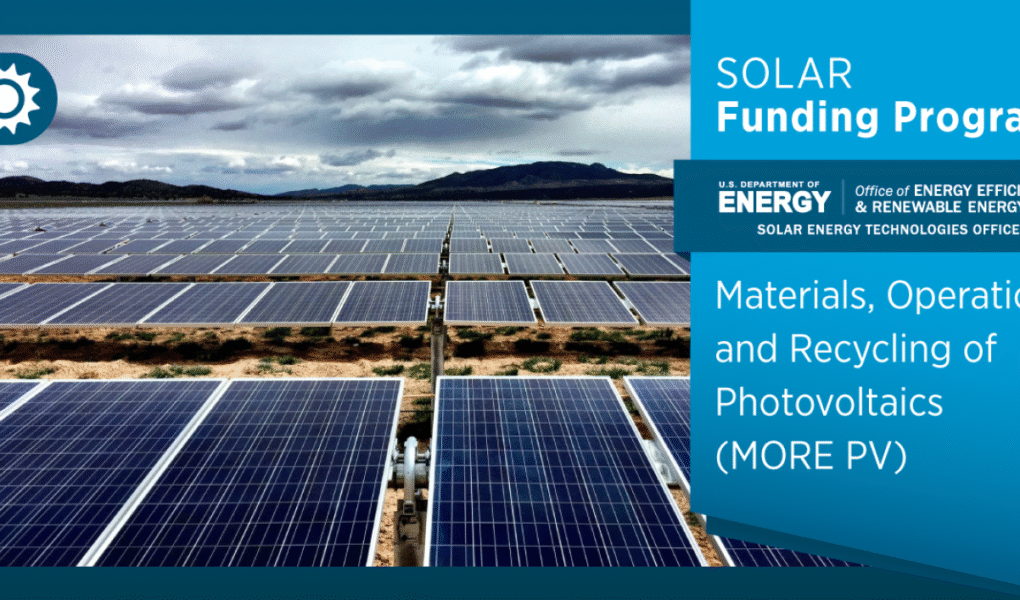US Energy Department Announces New Funding for SMR Deployment


The U.S. Department of Energy (DOE) has recently unveiled a significant funding initiative aimed at accelerating the deployment of Small Modular Reactors (SMRs) across the country. This move reflects a strategic commitment to nuclear energy innovation in the U.S., emphasizing SMRs as a cornerstone technology for achieving clean energy goals, enhancing energy security, and fostering economic growth. With the global race for advanced nuclear technologies intensifying, this announcement is a pivotal moment for energy professionals, utilities, investors, and policy analysts seeking the latest updates on DOE nuclear energy grants and small modular reactors deployment.
Overview of SMR Funding Announcements
In 2024 and continuing into 2025, the DOE has expanded its financial support under programs such as the Advanced Reactor Demonstration Program (ARDP), focusing on advanced nuclear reactor funding that promotes the commercialization of SMRs. These efforts aim to reduce regulatory and technical barriers, enabling the U.S. to lead the clean energy transition with zero-emission firm power solutions.
Recent DOE funding initiatives for Small Modular Reactors (SMRs): The DOE has allocated hundreds of millions of dollars to support the development and demonstration of SMRs, including pilot projects and design certification efforts.
Significance of the Advanced Reactor Demonstration Program: ARDP serves as the flagship funding mechanism, targeting next-generation nuclear technologies including light water SMRs and advanced fast reactors with integrated energy storage.
Timeline for selecting advanced reactor designs by summer 2025: The DOE plans to finalize selections for advanced reactor projects, solidifying commitments to scale these technologies toward commercial deployment by the end of the decade.
Details on Funded Projects and Locations
The DOE’s funding supports a diverse portfolio of companies and projects at various stages of development, reflecting geographic and technological breadth in SMR deployment.
List of companies receiving DOE funding for SMR projects: Notable recipients include NuScale Power, GE-Hitachi with its BWRX-300 design, TerraPower’s Natrium reactor, and emerging innovators developing microreactors for specialized applications.
Geographical distribution of funded SMR projects: Key sites include Idaho National Laboratory, where NuScale’s 77 MWe light water reactor is planned; Tennessee Valley Authority (TVA) projects in the southeastern U.S.; and TerraPower’s Natrium site in Kemmerer, Wyoming.
Impact on local economies and energy markets: These projects promise to spur job creation, diversify local energy supply portfolios, and contribute to regional economic development through construction, operations, and supply chain opportunities.
Application Process and Eligibility for Future Funding
For energy professionals and utilities interested in participating in upcoming DOE funding rounds, understanding the application process and eligibility criteria is critical.
Overview of the application process for DOE funding: The DOE typically issues funding opportunity announcements (FOAs) outlining project scopes, submission requirements, and evaluation criteria. Applications must demonstrate technical feasibility, innovation, and alignment with national energy goals.
Eligibility criteria for SMR projects: Eligible applicants include industry consortia, utilities, national laboratories, and technology developers focusing on SMR designs that meet safety, scalability, and regulatory criteria.
Important deadlines and submission guidelines: Prospective applicants should monitor DOE portals and subscribe to industry newsletters to stay informed of upcoming FOAs, submission deadlines, and mandatory pre-application webinars.
Comparison of US SMR Progress with Global Competitors
The U.S. is actively pursuing SMR deployment but faces stiff competition internationally, particularly from Russia and China, who have advanced their SMR programs significantly.
Current status of SMR projects in the US vs. international counterparts: The U.S. leads in regulatory approvals, with the Nuclear Regulatory Commission (NRC) certifying designs like NuScale’s. However, Russia operates floating SMRs commercially, and China is advancing land-based SMR projects such as the CNNC Linglong One (ACP100), expected online by 2026.
Analysis of operational SMRs in Russia and China: Russia’s floating SMRs provide power to remote regions and naval vessels, while China’s ACP100 targets grid-scale applications, signaling their early-mover advantage in operational experience.
Future outlook for US SMR deployment in a global context: With the DOE’s increased funding and regulatory streamlining, the U.S. aims to close the gap by enabling factory-built nuclear solutions that reduce costs and deployment times, positioning itself as a leader in next-generation nuclear energy.
Impact of SMR Deployment on Local Energy Markets
The deployment of SMRs stands to reshape local energy landscapes by providing reliable, low-carbon power and supporting economic revitalization.
Potential effects on energy prices and supply reliability: SMRs can offer stable baseload power, mitigating price volatility associated with intermittent renewables and fossil fuels, thus enhancing grid resilience.
Job creation and economic development opportunities: Construction and operational phases generate skilled jobs, with additional benefits to regional manufacturing and service sectors.
Contribution to local decarbonization goals: SMRs provide a scalable pathway to reduce carbon emissions, crucial for states and municipalities targeting net-zero commitments and clean energy transitions.
Regulatory Developments and Challenges
Regulatory oversight remains a critical factor influencing the pace and cost of SMR deployment.
Current regulatory status of SMR designs with the NRC: The NRC has approved designs such as NuScale’s SMR and accepted construction permits for the BWRX-300, marking significant milestones in regulatory progress.
Challenges faced in obtaining design certification: Licensing processes are complex and resource-intensive, requiring thorough safety analysis and stakeholder engagement. Streamlining efforts are underway to accelerate timelines.
Future regulatory landscape for nuclear energy innovation: The DOE and NRC are collaborating to develop risk-informed, performance-based regulatory frameworks tailored for modular and advanced reactors, aiming to reduce barriers while maintaining safety.
Expert Opinions on SMR Viability and Future Trends
Industry experts emphasize the transformative potential of SMRs and highlight key trends shaping their future.
Insights from industry experts on SMR technology advancements: Experts note that SMRs’ modular factory construction lowers costs and enhances quality control compared to traditional reactors.
Predictions for the future of nuclear energy in the US: Analysts foresee SMRs complementing renewable energy sources by providing firm power, especially as coal plants retire.
Discussion on factory-built nuclear solutions and their benefits: Factory fabrication enables faster deployment, reduced onsite construction risks, and scalability, which are critical for meeting climate and energy security goals.
Recent Statistics and Facts on SMR Deployment
Current statistics on SMR designs under development: The global SMR market is projected to surge from $8.66 billion in 2024 to $127.5 billion by 2035, with the U.S. capturing a significant share through DOE programs.
Cost analysis of SMR projects and financial risks: While capital costs remain a challenge, modularity and standardized designs help reduce financial risk and attract investors.
Timeline for expected operational SMRs in the US: NuScale aims to commission its first unit by 2029-2030, with other projects like TerraPower’s Natrium targeting similar operational dates.
International Collaboration in Nuclear Energy
Global partnerships are instrumental in advancing SMR technology and accelerating deployment.
Overview of partnerships with foreign entities for SMR deployment: The U.S. collaborates with international organizations, including the International Atomic Energy Agency (IAEA), and engages in bilateral agreements to share technology and regulatory best practices.
Impact of international collaboration on US nuclear innovation: These partnerships enhance innovation, harmonize standards, and open export markets for U.S.-developed SMR technologies.
Future prospects for gigawatt-scale nuclear capacity abroad: SMRs are poised to contribute significantly to global clean energy capacity, supporting developing economies and reinforcing U.S. leadership in nuclear exports.
Conclusion
The recent funding announcements by the US Energy Department mark a decisive step forward in the deployment of Small Modular Reactors, reinforcing their role as a critical technology for the nation’s clean energy future. By supporting advanced reactor demonstration projects, streamlining regulatory processes, and fostering international collaboration, the DOE is positioning the U.S. to compete globally while delivering tangible benefits to local energy markets and economies. Energy professionals, investors, and policymakers should closely monitor upcoming DOE nuclear energy grants and funding opportunities to engage effectively in this rapidly evolving sector. As SMRs move from concept to commercial reality, they promise to reshape the energy landscape with reliable, scalable, and low-carbon power solutions.



